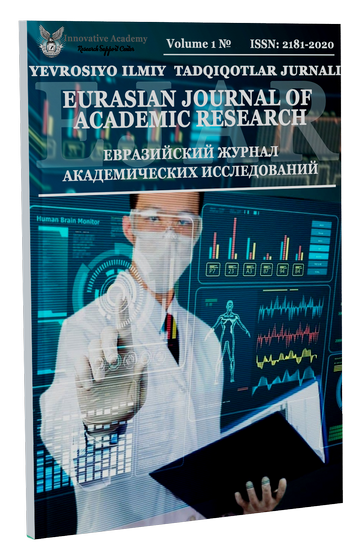INTERNET-MEDIATION AND THE INTERCULTURAL PERSPECTIVE IN FOREIGN LANGUAGE EDUCATION
Main Article Content
Аннотация:
The following article describes Internet-mediation and the Intercultural Perspective in Foreign Language Education. With the help of some teaching methods we can easily attract learner's attention and it gives us opportunity to develop their language ability.
Article Details
Как цитировать:
Библиографические ссылки:
Agar, Michael. 1994. Language Shock: Understanding the Culture of Conversation. New York:William Morrow.
Ager, Dennis, George Muskens, and Sue Wright, eds. 1993. Language Education for Intercultural Communication. Clevedon, UK: Multilingual Matters.
A Guide to Language Learning in Tandem via the Internet. Centre for Language and Communication Studies, Occasional Paper 46. Dublin:Trinity College. Meskill, Carla, and Krassimira Rangelova. 2000.
Allport, Gordon W. 1954. The Nature of Prejudice. Reading, MA: Addison-Wesley. Azuma, Shoji. 2003.
Belz, Julie A. 2001. Institutional and Individual Dimensions of Transatlantic Group Work in Network-Based Language Teaching.ReCALL 13(2): 129–147. . 2002a.
E-Mail in Foreign Language Teaching.Towards the Creation of Virtual Classrooms.Tьbingen, Germany: Stauffenburg Medien. Fotos, Sandra, and Charles Browne, eds. 2004.
New Perspectives on CALL for Second Language Classrooms. Mahwah, NJ: Lawrence Erlbaum. Freinet, Celestin. 1994.
On Discourse, Communication and (Some) Fundamental Concepts in SLA. The Modern Language Journal 81(3): 277–300. Fischer, Gerhard. 1998.
Second Language Play as a Representation of the Multicompetent Self in Foreign Language Study.Journal for Language, Identity, and Education 1(1):13–39. . 2002b.
Social Dimensions of Telecollaborative Foreign Language Study. Language Learning & Technology 6(1):60–81.



